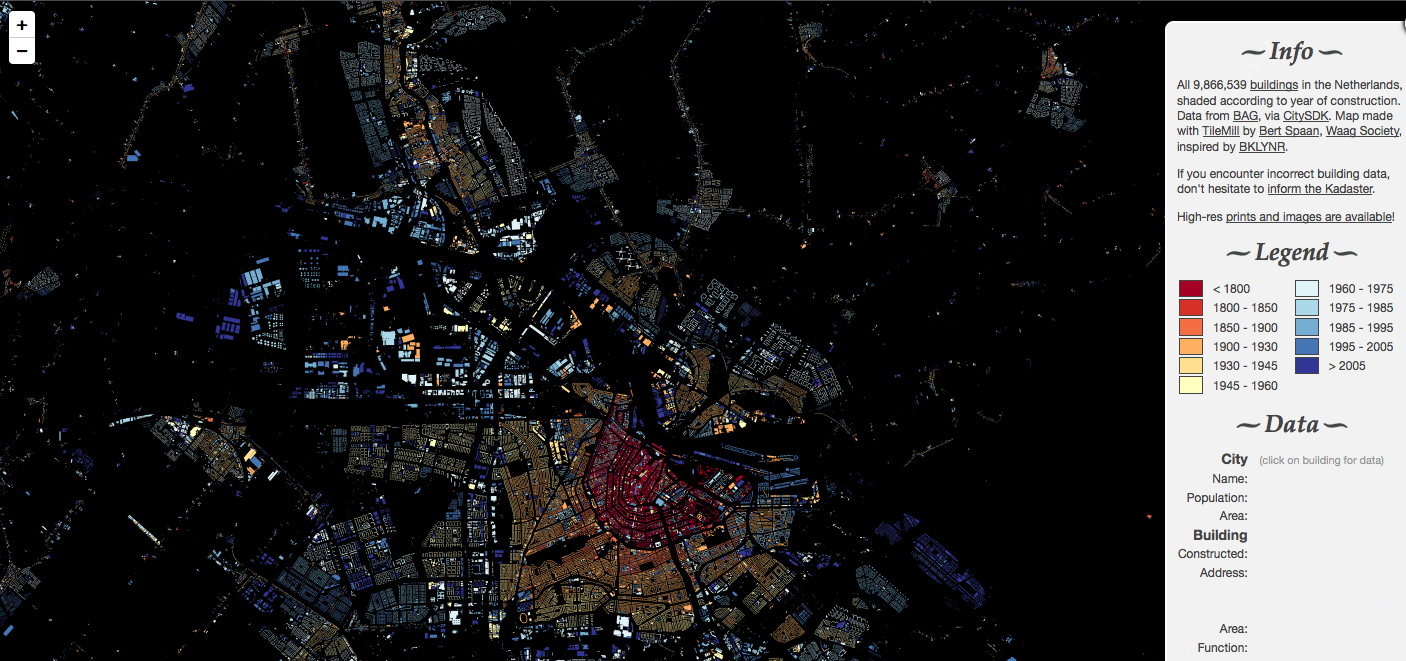As part of the Landscape Futures lecture series, organised by the Landscape Institute, digital technologies were the topic in March. From the press release:
“Digital technology is altering all aspects of landscape, according to speakers at the most recent Landscape Futures debate, ‘How will the digital future affect the urban landscape?. It is affecting the way that landscape architects design, the way that they gather information and the way that people use the landscape.
Sophie Thompson, a director of LDA Design and the main speaker, talked about intelligent space mapping. Information gathered from smartphones for example can be used to understand better how people actually use cities. Projects such as Dublinked make vast amounts of data available for sharing.
Is this valuable for analysis, Thompson asked, or is it information overload? ‘It should enable us to understand more accurately how people perceive, use and move through the public realm and about the environment generally,’ she said. ‘As time goes on these datasets will become more accessible and easy to understand and also the different data sets are starting to be aggregated.’
Read the full article on the Landscape Institute website.


